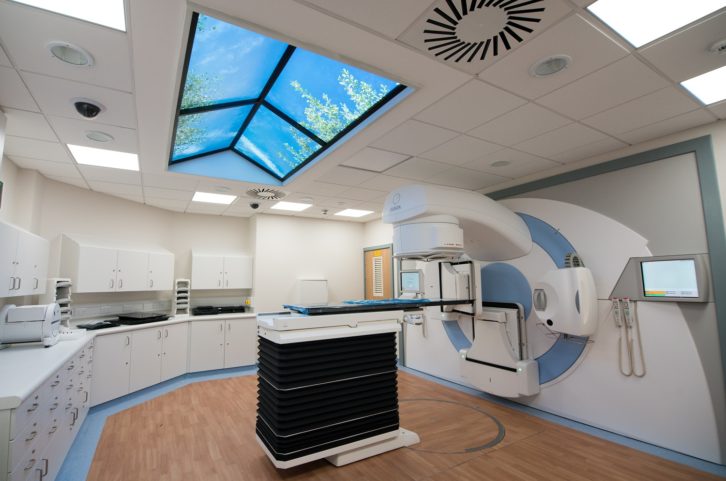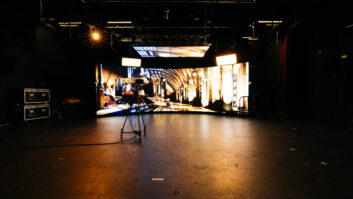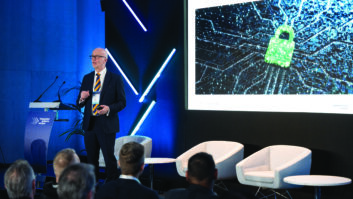
In spite of budgetary restrictions continuing to challenge NHS managers – with Brexit hinting at harder times to come – the use of AV in healthcare continues to make an impact. Imaging, 3D optical surgery, diagnostics, telemedicine, and augmented anatomy lessons all continue to influence healthcare spend.
Indeed, according to AVIXA in its 2017 AV Industry Outlook and Trends Analysis (IOTA) global summary, pro AV sales in the global health care sector is expected to reach double-digit growth by 2022.
The trend towards less invasive surgeries continues, with endoscopic tools and uncompressed 4K content helping surgeons to work with more clarity and ease than ever before.
AV impact
But it’s also outside of the surgery where AV is having an impact, with a huge growth in digital signage systems informing patients where their departments are and when they should proceed to treatment rooms – helping hospitals with patient flow at the same time.
And away from the daily cut and thrust of hospitals, AV is helping to improve healthcare education. Video distribution over Ethernet/IP networks allows high quality video with near zero latency to be beamed from operating theatres to campuses anywhere around the world – either in real time or on demand. This allows medical practitioners and R&D teams to easily share knowledge, speeding up the development of new treatments.
‘Away from the daily cut and thrust of hospitals, AV is helping to improve healthcare education’
Video distribution systems are also energising the telemedicine sector, by connecting patients and doctors in order to offer instant access to specialist knowledge and creating a better patient experience – AV playing a huge part in user experience, or UX, yet again!
Another area where AV is helping with UX is with regard to wellbeing, as video systems are employed to create ‘image windows’ to help reduce patient stress, moving away from the whitewashed walls of yore.
NEC recently partnered with Sky Inside to provide moving image window and ceiling apertures. The Intensive Therapy Unit (ITU) at the Walton Centre NHS Foundation Trust in Liverpool was first out of the blocks with Sky Inside’s ‘sky view’ system, allowing patients to see the outside world during therapy. Images of the sky moving from day to night helps to improve patient sleep patterns, helping to reduce incidences of delirium, a high risk condition with intensive care patients.
ISE recap
With some exhibitors complaining that ISE ‘flat-lined’ this year, with attendance only increasing by 345 to 81,268 (admittedly yet another attendance record, and another cracking show), perhaps the organisers need to come up with ways of appealing directly to sectors like healthcare when the event moves to Barcelona in 2021.
Attracting installers has never been an issue for the world’s premier pro AV showcase; pulling in end users and influencers is more of a challenge – although many do attend, time and time again. Will the larger Barcelona venue allow for more sector-specific areas and forums, allowing – for instance – those working with healthcare professionals to showcase what AV can do to improve patient care? It would certainly be a way of pulling in less AV-savvy attendees, and would be great for business! Perhaps AVIXA could expand its professional development programmes to include sector enhancements.
The 16th annual ISE didn’t disappoint in terms of other records being broken, despite the modest attendance increase. Total floor space hit 56,100sqm, the show’s always-busiest Wednesday broke the largest ever one-day attendance for any event at the Amsterdam RAI, and the number of attendees on Friday exceeded 20,000 for the first time.
With 92% of next year’s final RAI ISE show sold by the end of ISE 2019, 2020 promises to be another corking event, albeit something of a transition into Barcelona 2021 – where the organisers should have the space and revenue to further enhance AV’s grip on healthcare and every other key sector.







